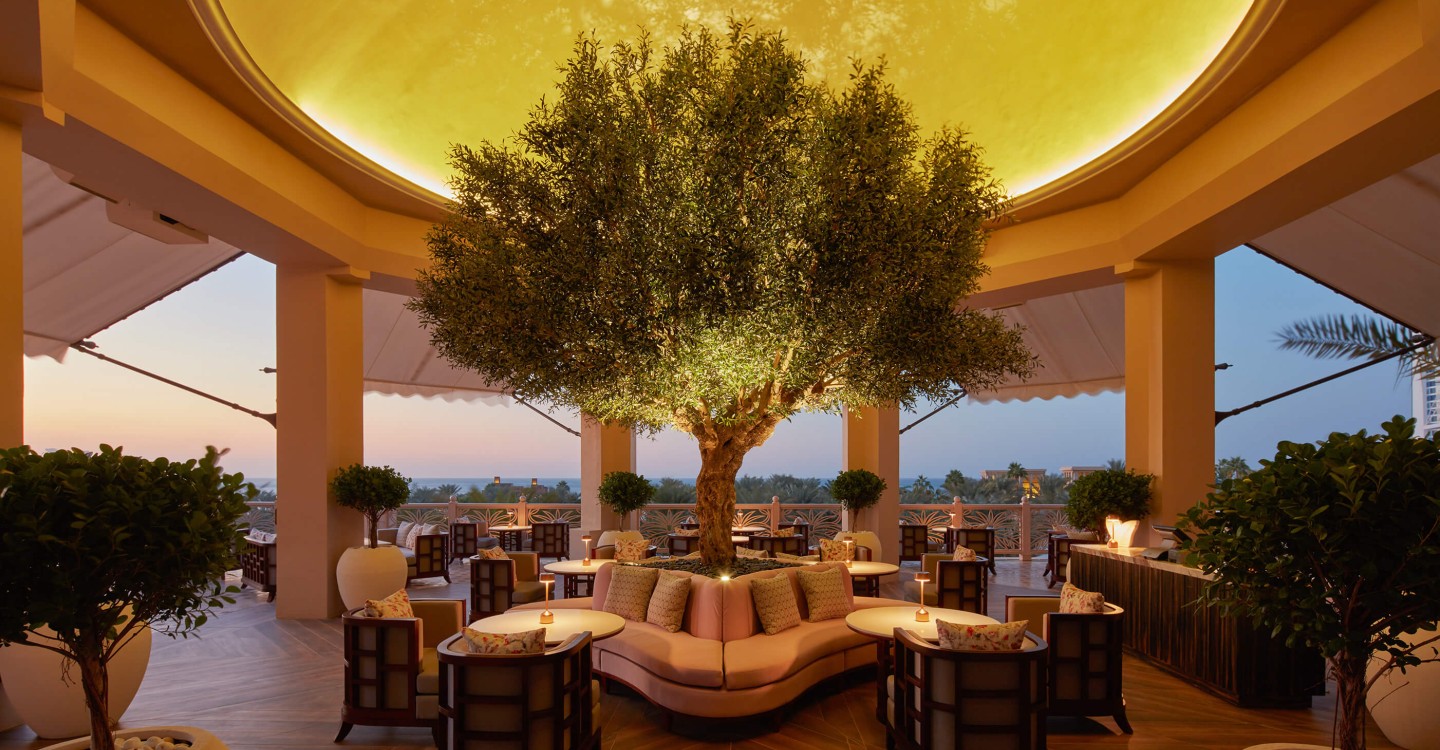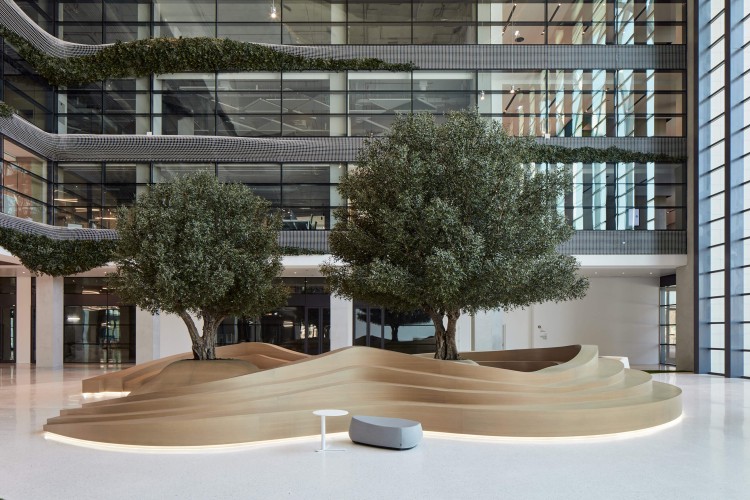Where are artificial trees made?

Artificial trees have become an increasingly popular choice for both indoor and outdoor decor. With advancements in manufacturing technology, these trees now look remarkably realistic, offering an easy-to-maintain alternative to live trees.
In this article, we will explore where these luxury artificial trees are made, the materials used in their production, and the various benefits they offer over real trees.
Artificial trees indoors 8ft are particularly popular for spaces that require a touch of greenery without the hassle of maintenance.
Whether gracing the interiors of homes, offices, or commercial spaces, these trees offer a permanent, verdant aesthetic that thrives throughout the year.
Their presence adds a touch of lushness and vibrancy to any environment, making them a delightful and enduring feature.
Where do fake trees come from?
Artificial trees are manufactured in numerous countries around the world, so there is no single answer to where they are made. If you are interested in purchasing high-quality or luxury artificial trees, it is important to be discerning about the source of your purchase.
Where are artificial trees made?
Artificial trees are manufactured all over the world - as mentioned above, with the largest producers located in China. The Chinese market dominates this industry, thanks to its vast manufacturing infrastructure and access to raw materials. Factories in cities like Shenzhen, Dongguan, and Guangzhou are known for their high-volume production of artificial plants and trees.
Other countries such as here in the UAE specialise in the supply, though on a smaller scale.
These regions focus on producing high-quality, custom artificial trees for specific markets, catering to consumers looking for unique designs or specific materials.
What are examples of artificial trees?
Artificial trees come in various shapes and sizes, from small tabletop plants to towering 20-foot trees used in commercial environments. There are many artificial trees that look like real trees and are replicas of them.
Custom artificial trees
Custom artificial trees are designed to meet specific requirements, often tailored to fit particular spaces or themes.
Examples include large artificial palm trees for resorts, lifelike ficus trees for office lobbies, and bespoke bonsai trees for high-end homes.
These trees are crafted from a variety of materials, including silk, plastic, and even preserved natural trunks, providing an authentic look and feel.
The customization options are endless, allowing designers to create stunning visuals that blend seamlessly with their surroundings.
Are artificial trees better than real trees?
When comparing artificial trees to real ones, several factors come into play. One significant advantage of artificial trees is their low maintenance. Unlike real trees, they do not require watering, pruning, or special care. This makes them an ideal choice for indoor use, especially in environments where maintaining live plants can be challenging.
Large artificial trees indoors are particularly beneficial in commercial settings like malls, airports, and office buildings. They provide a green and inviting atmosphere without the need for constant upkeep.
Additionally, artificial trees are hypoallergenic, making them a safer option for individuals with allergies.
However, it's essential to consider the environmental impact. While artificial trees last longer and require fewer resources over time, their production involves synthetic materials and energy consumption. Balancing these factors is crucial when deciding between artificial and real trees.
How much does it cost to make a fake tree?
The cost of artificial trees ranges based on factors such as height, fullness, and material quality.
What are artificial trees made of?
The cost of making an artificial tree varies significantly based on its size, materials, and complexity.
Basic models are cheaper, while large, custom-designed trees can run into thousands of dollars. The materials used in artificial trees also play a crucial role in determining their price and quality.
Most artificial trees are made from a combination of plastic, polyester, and wire. High-end models may include silk leaves, natural wood trunks, and UV-resistant coatings to enhance their appearance and durability.
The manufacturing process involves moulding, painting, and assembling these components to create a lifelike representation of real trees.
Advancements in technology have led to the development of more eco-friendly materials, such as recycled plastics and biodegradable options.
These innovations aim to reduce the environmental footprint of artificial tree production, making them a more sustainable choice for eco-conscious consumers.
Final thoughts
Artificial trees offer a practical and aesthetically pleasing alternative to live trees, especially in environments where maintenance is a concern.
Whether used for indoor decoration or large-scale commercial installations, they provide a lasting green presence without the need for constant care.
Considering adding some greenery to your space? We're here to help. Contact us for a quote and our experts will guide you on the best option based on your needs and budget.





